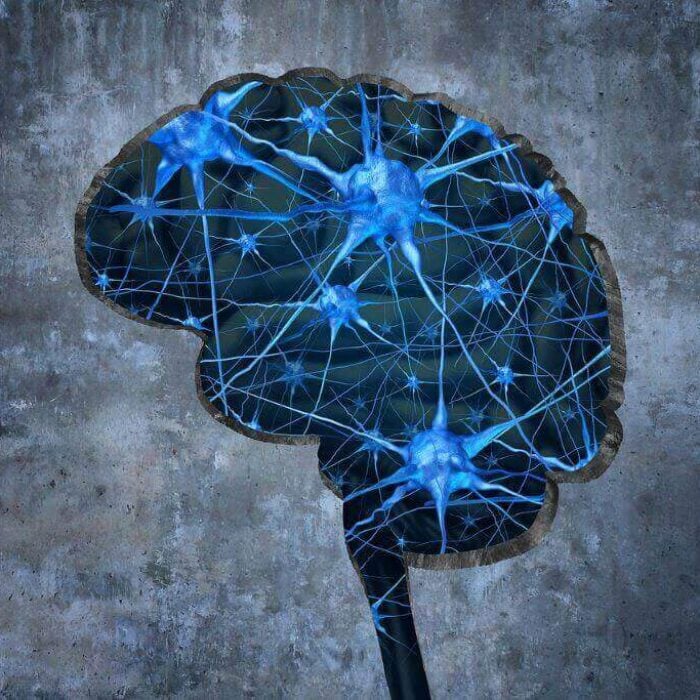Long-term use of opiates for chronic pain is often not appropriate for the treatment. Studies show adverse reactions and loss of efficacy cause patients to quit using opiates. Long term opiate use can cause adverse effects, including physical dependence and withdrawal. Fortunately, treatment to overcome physical dependence is available.
Doctors prescribe opiates to relieve the most severe pain. Opiates are the most effective painkillers available, relieving even the worst agony associated with surgery, serious injuries, cancer and other terminal diseases. Opiates, while essential in the relief of acute pain, are poor choices for long-term analgesia.
Opiates Do Not Always Work for Chronic Pain
Several well-funded studies show that opiates are not the effective choice for treating chronic pain in many cases. One Cochrane study in particular, published in American Family Physician showed that most patients decided to discontinue opiates because of adverse effects and insufficient pain relief. In that study, more than 10 percent of participants using oral opiates and 5.8 percent of participants wearing opiate transdermal patches quit because the drugs did not relieve the pain.
Adverse Effects of Long-Term Opiate Use
Opium and its derivatives are effective pain relievers but all can cause adverse effects when used for a long time.
Taking opiates continually for more than a few weeks increases the risk for adverse effects. Constant use of opiates can increase the body’s tolerance to the drugs. Someone with a high tolerance to opiates must take a stronger dose more often to achieve the same effects as when he initially took the drug. Consuming a large amount of opiates each day drastically increases the risk for side effects.
Physical dependence is one of the most complicated effects of long-term opiate use. A physically dependent person struggles with profoundly uncomfortable and protracted withdrawal symptoms when he tries to quit opiates.
Anyone can become physically dependent on these drugs, even those who use opiates as prescribed for longer than a few weeks at a time.
After taking opiates for a long time, many people become increasingly sensitive to and less tolerant of pain. A stubbed toe, for example, could feel like an elephant stepped on your foot. This condition, known as hyperalgesia, also causes you to feel new pain unrelated to the pain you were trying to treat with the original course of opiates.
In most cases, the best course of treatment for opiate-induced hyperalgesia is to stop opiate use. Of course, this may result in uncomfortable withdrawal symptoms in people who have become opiate dependent.
Fortunately, physical dependence is medically reversible without the loss of dignity or confidentiality. Well-trained and compassionate professionals can help you overcome physical dependence resulting from long-term opiate use for chronic pain. Detoxification treatments like the Waismann Method, now known as the Waismann Method, helps you stop using opiates by minimizing the effects of withdrawal.













